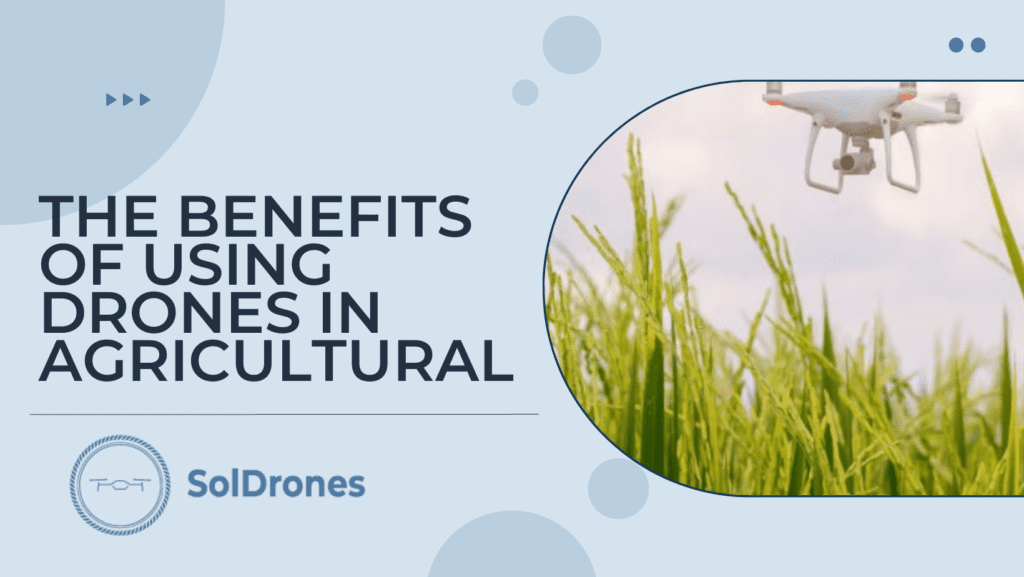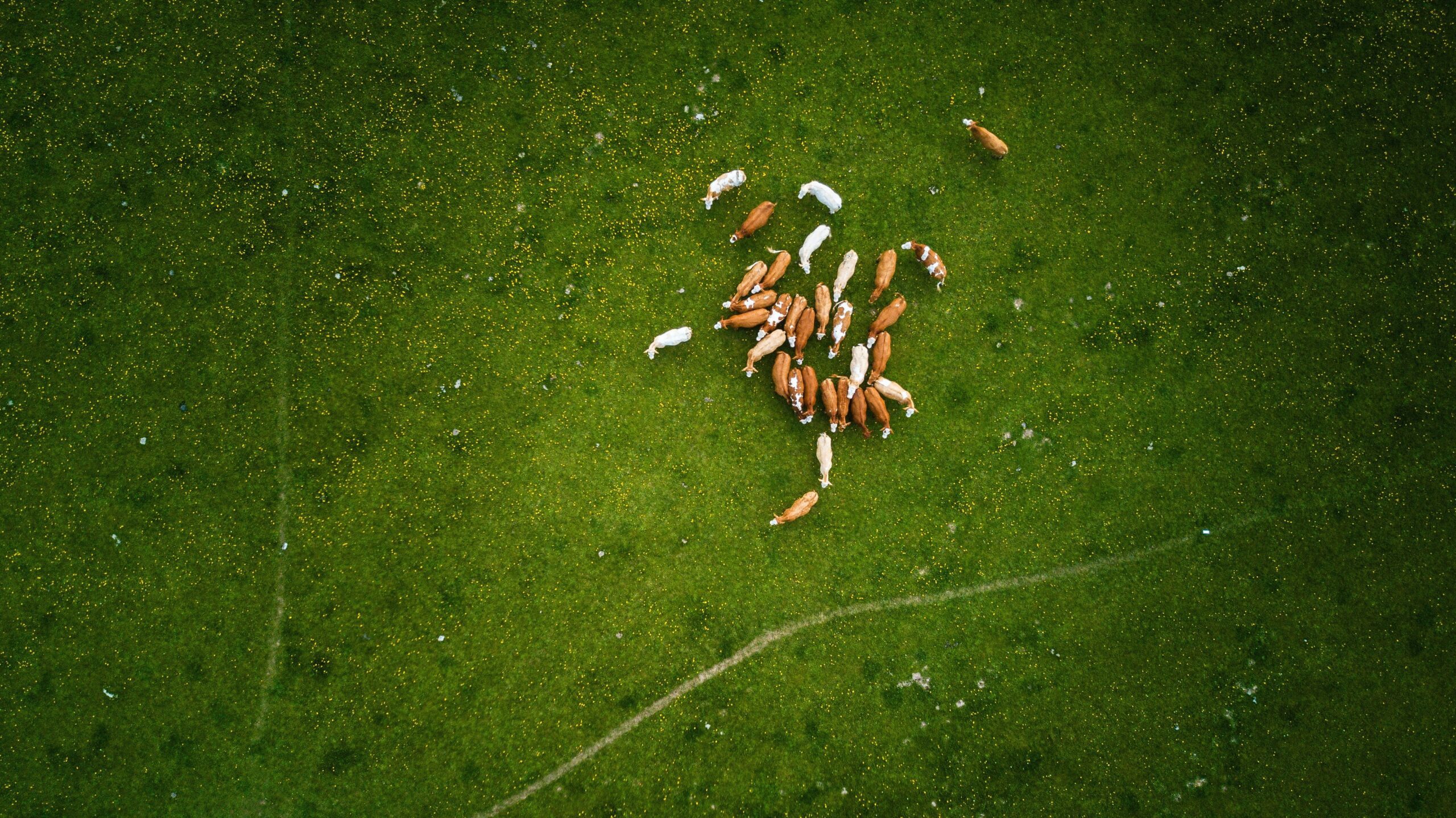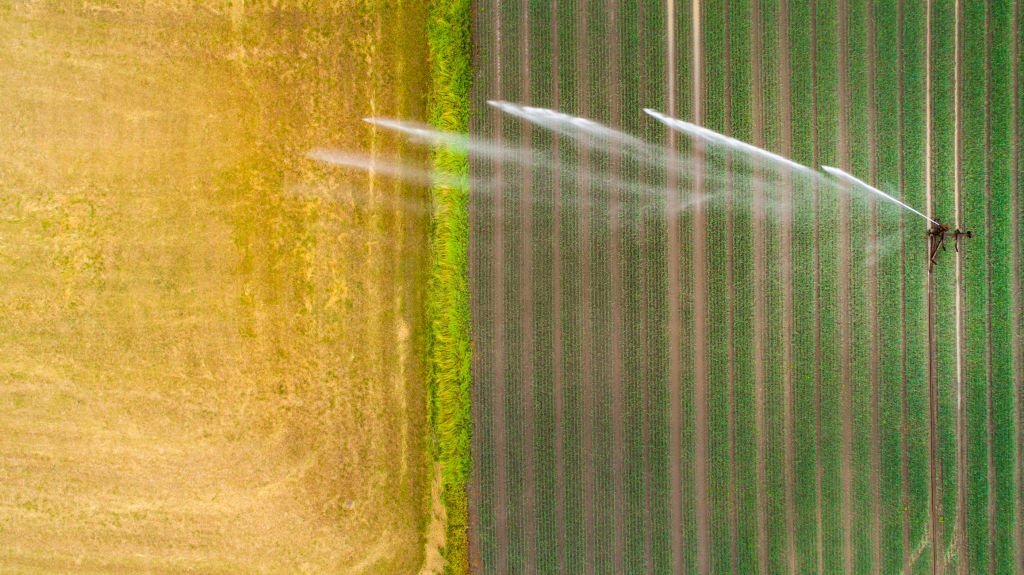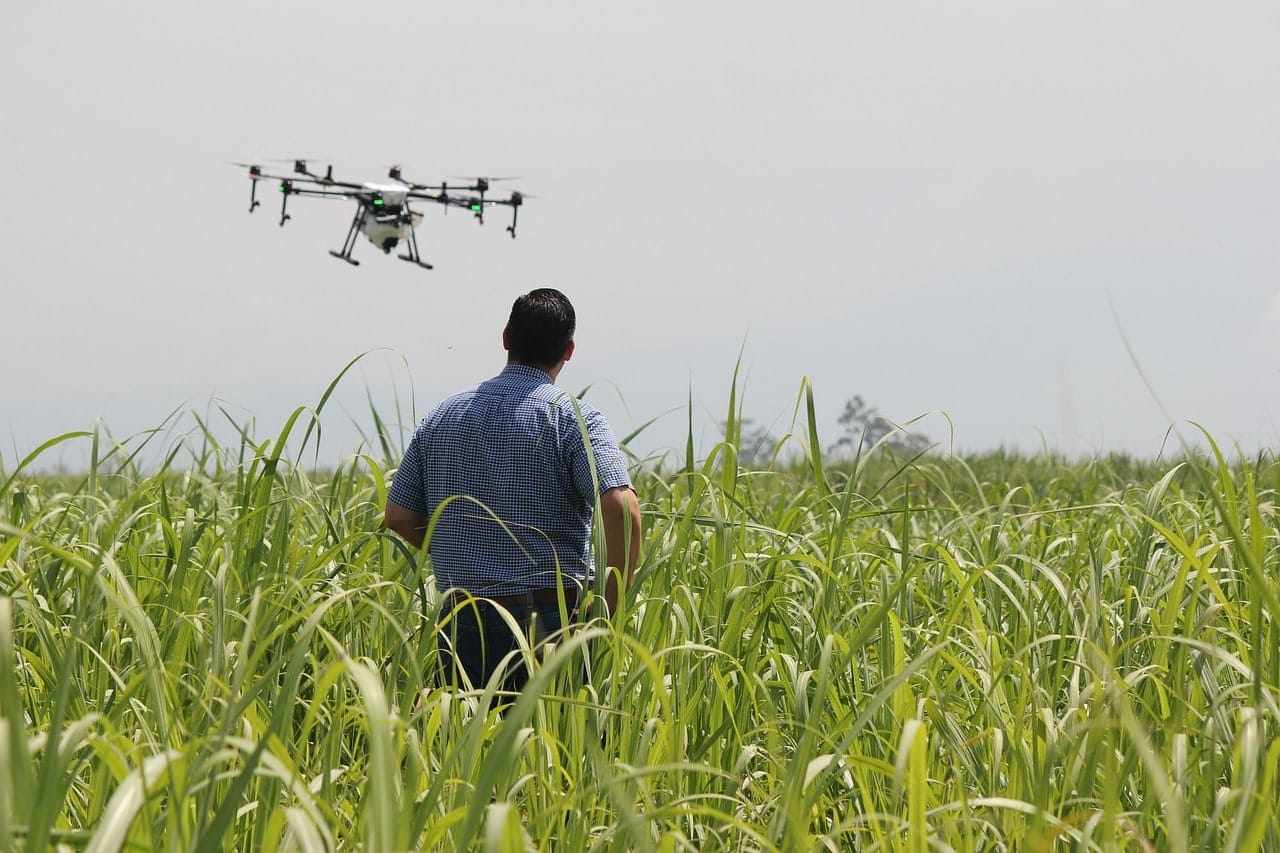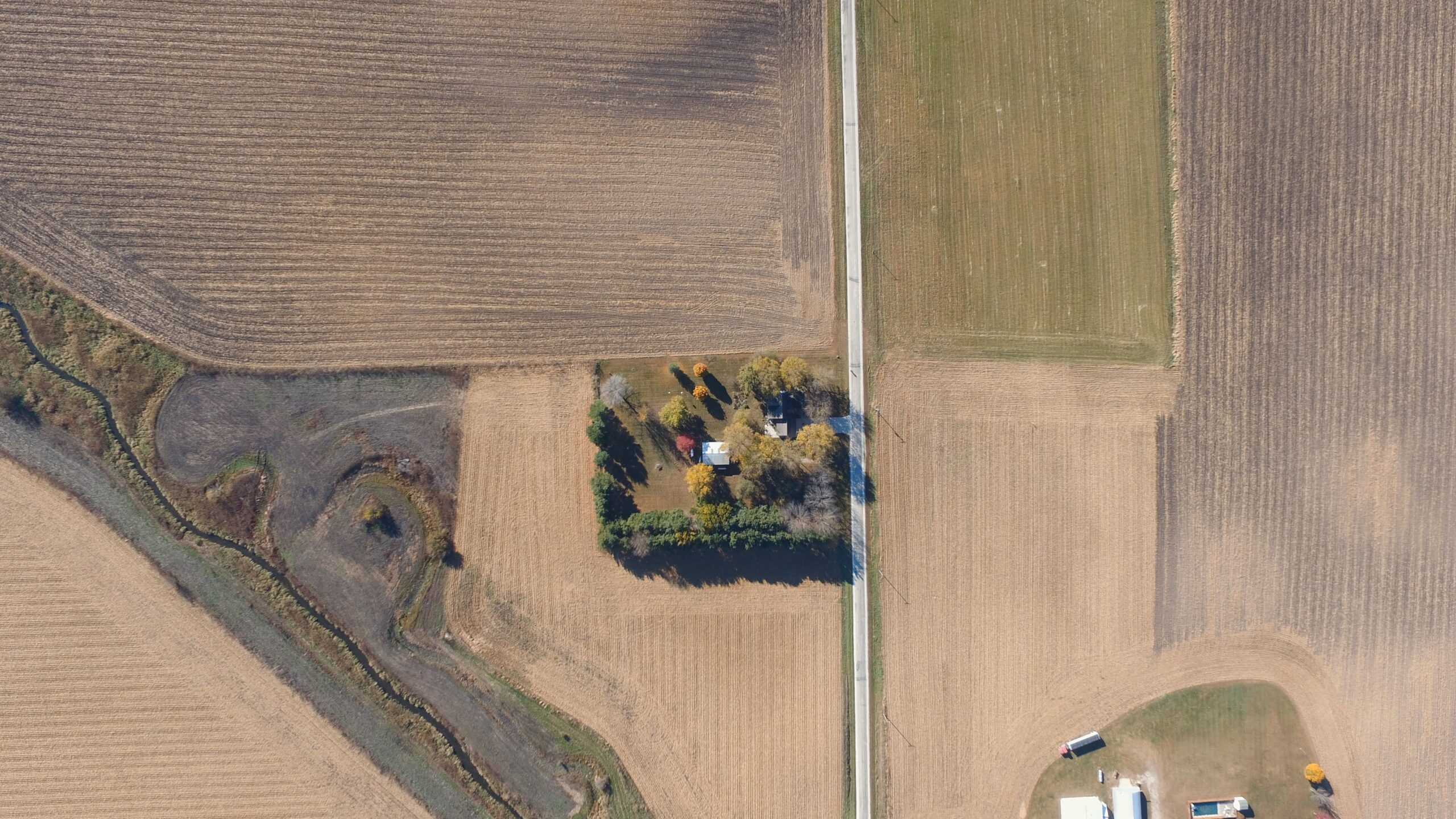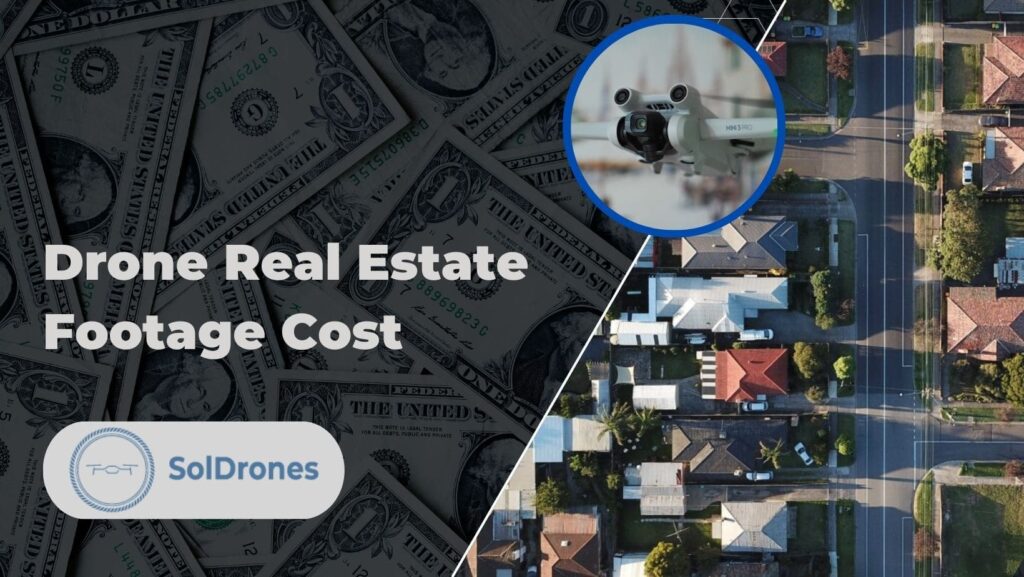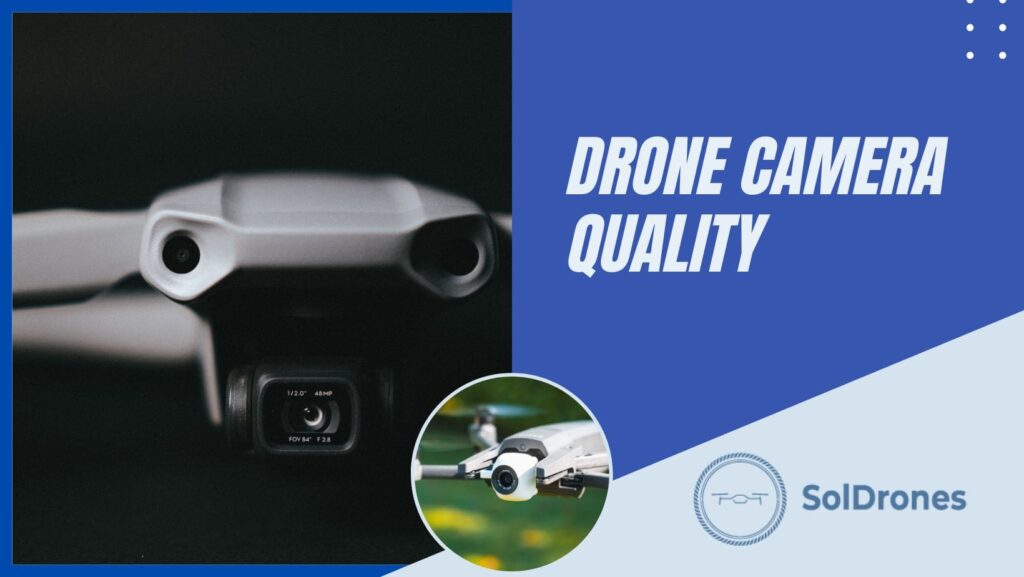As the global demand for food production escalates, the agriculture industry continues to seek out innovative solutions to add efficiencies.
Unsurprisingly, the focus is now on technological advancements – particularly drone technology – that could optimize resources and ultimately maximize crop production.
Among the notable advances, drones in agriculture have taken center stage, transforming conventional farming operations and unveiling new realms of possibilities.
Whether you’re a farmer, agricultural industry researcher, or drone pilot, we’ve created this guide to help you better understand how drones are benefiting farm management operations around the globe.
We hope to give you a thorough understanding of this recent shift that’s in some ways transforming farming for the better while giving you the insights you need to stay ahead and be a change agent for the agricultural industry.
Article Highlights:
- Drones are becoming widely adopted across large and small-scale farms, adding efficiencies to farm management operations
- Crop spraying, livestock monitoring, and crop health maintenance are a few of the most common use cases for agricultural drone
- Consider drones as a tool for farm resource management that can reduce costs while increasing efficiency
What Are the Benefits of Using Drones in Agriculture?
Regardless of the size of the farm – from extensive agricultural corporations to modest small-scale operations – the introduction of agricultural drones has significantly boosted overall output and efficiency.
The scope of drone advantages in agriculture is extensive, encompassing everything from vigilant crop surveillance to strategic resource allocation
The scope of drone advantages in agriculture is extensive, encompassing everything from vigilant crop surveillance to strategic resource allocation, thus providing an unparalleled edge for contemporary agricultural practitioners.
Moreover, these versatile applications of drones are steadily transforming the agricultural landscape, ushering in a new era of technologically driven farming.
Boosting Crop Yields
With the aid of drones, farmers can make precise, informed decisions regarding their crops, increasing overall crop yield. High-resolution imagery from drones provides real-time insights into plant health, enabling early detection and treatment of issues, contributing to healthier crops, and augmented crop yields.
For instance, in California’s fertile Central Valley, farmers are using drone technology to tackle the enduring challenge of water scarcity. Here, drones equipped with advanced sensors capture high-resolution imagery, helping farmers identify areas of their fields that need more or less irrigation.
Saving Precious Time
Time is a critical asset in the farming sector. Traditional methods of crop inspection are notoriously time-consuming. Drones, with their capacity to cover large swathes of land rapidly, provide a time-efficient alternative, allowing farmers to dedicate their time to other crucial farming operations.
Cutting Operating Costs
Precision agriculture, driven by drone technology, allows for the targeted application of resources such as water or pesticides. Such a pinpointed approach decreases waste, thereby leading to significant cost savings, reduced operating costs, and strong crop growth.
In essence, the incorporation of drone technology has revolutionized agriculture, boosting crop yields and operational efficiencies, and setting the stage for a deeper exploration of diverse drone applications in farming.
How Drones are Used in Farming: Beyond Conventional Practices
The versatile application of drones in farming operations can be seen on many levels across the industry. We’ve provided more practical examples that many farmers are adopting below.
Livestock Monitoring
The usefulness of drones extends beyond crops. Livestock management, an integral component of many farming operations, can be significantly optimized through drone use. High-resolution cameras mounted on drones facilitate easy and efficient monitoring of livestock, ensuring their well-being and alerting farmers to any imminent threats.
Control of Irrigation Systems
Proper irrigation is essential for healthy crop production. By identifying regions with inadequate water supply, drones allow farmers to adjust their irrigation systems, ensuring optimal growing conditions.
Efficient Crop Spraying
Traditional crop spraying techniques can be both time-consuming and resource-intensive. Drones equipped with spraying systems present an effective solution, allowing for precise pesticide and fertilizer application, and reducing waste and environmental impact.
Monitoring Crops with Drones: The Future of Crop Management
With drones, crop monitoring has shifted from a labor-intensive task to a streamlined process, offering high-resolution imagery that provides an accurate evaluation of crop health.
Advanced camera systems on agricultural drones facilitate real-time remote monitoring, allowing farmers to identify issues such as pests or diseases early on. This leads to timely intervention, preventing further crop damage.
Agriculture drones equipped with multispectral sensors can detect crop stress, an early indicator of potential problems. Such early detection could be pivotal in preventing yield loss.
Drones carrying soil sensors can provide invaluable data about soil health. This information can guide decisions regarding planting strategies and resource allocation, resulting in healthier crops and higher yields.
With such an extensive array of advantages, it is clear why drones have piqued the interest of stakeholders within the agricultural industry. Whether for large-scale agribusinesses or small-scale farms, drone technology holds the promise of a more efficient, sustainable, and profitable future. The use of drones in farming operations is no longer a mere concept; it is an established reality, shaping the next frontier of the agriculture industry. As we venture further into the 21st century, the potential of drone technology in farming continues to captivate our collective imagination, promising to revolutionize the future of agriculture.
Drone-Driven Resource Management
At the rate at which drone technology is revolutionizing the agricultural industry, we can expect to continue to see increased cost savings and efficiencies for large and small-scale farms. It’s important to look at how drones are being compared to things like satellite imagery, as well as how they’re used in mapping.
Satellite Imagery vs. Drone Imagery
Comparisons between satellite and drone imagery are inevitable in any discourse surrounding precision agriculture.
Satellite imagery, while providing a broader perspective, often falls short in terms of resolution and real-time data. Drones, however, offer high-resolution imagery and real-time data collection, significantly enhancing the farmer’s ability to monitor crops and make swift, informed decisions.
Implications for Resource Management and Cost Savings
The accurate and immediate data collected by drones have profound implications for resource management in farming operations.
Precision agriculture, driven by drone technology, allows for the targeted application of resources, reducing waste and decreasing operating costs. This approach results in substantial cost savings for farmers, demonstrating the economic viability of drones in agriculture.
Drone Mapping: From a Laborious Task to a Seamless Process
Traditional methods of mapping farmland are cumbersome and labor-intensive. The advent of drone technology has revolutionized this task, making it faster and more precise.
With drones, farmers can leverage drone mapping to create detailed maps of their land, identifying areas of concern and potential for improvement. The implications of this technology on-farm management practices cannot be overstated.
Small Scale Farms
While large-scale farming operations have been quick to adopt drone technology, the benefits for small-scale farms are equally significant. Drone use allows for more efficient use of resources, more effective crop monitoring, and overall better management of farming operations.
Even with limited resources, small-scale farms can reap the benefits of this advanced technology, helping to level the playing field in an increasingly competitive industry.
Limitations and Future Prospects
Though drone technology is undoubtedly revolutionizing the agricultural sector, it’s not without its share of limitations. Regulatory challenges, such as stringent Federal Aviation Administration (FAA) regulations in the United States, can restrict the drone’s operational area and altitude.
Additionally, high initial investment costs pose a barrier, especially for small-scale farmers; for instance, a high-end agricultural drone can cost upwards of $25,000. The need for technical expertise to operate and interpret drone data also raises the bar for entry into this technology.
Despite these challenges, both industry stakeholders and policymakers are engaged in concerted efforts to ease these constraints, recognizing the immense potential that drone technology holds for the future of agriculture.
Best Drones for Agriculture
If you’re at the point in which you’re selecting your first drone for your farming operations, you’ll want to consider a few variables such as the size of your farm, crop type, and available finances. Also, consider your use case. Are you needing a drone for crop spraying, or monitoring livestock? The type of drone you purchase will depend on what your objectives are.
We’ve provided a few of the top drones to consider depending on your use case.
- DJI Agras MG-1S is a heavy-duty drone designed specifically for agricultural applications. It can carry up to 10kg of liquid fertilizer or pesticide and has a flight time of up to 25 minutes. The Agras MG-1S is ideal for large-scale farms and can be used to quickly and efficiently spray crops with chemicals.
- DJI Phantom 4 RTK is another great option for agricultural applications. It has a long flight time of up to 30 minutes and can be equipped with a variety of sensors, including a thermal camera, which can be used to identify heat stress in crops. The Phantom 4 RTK is also very accurate, making it ideal for mapping and surveying.
- Parrot Anafi is a small, lightweight drone that is perfect for small farms or hobby farmers. It has a flight time of up to 25 minutes and can be equipped with a variety of sensors, including a thermal camera. The Parrot Anafi is also very affordable, making it a great option for budget-minded farmers.
Final Thoughts
In the ever-evolving agriculture industry, drone technology stands as a transformative force, shaping farming operations for the better.
The benefits of using drones in agriculture are immense – from increasing crop yields and cutting operating costs to optimizing resource management and making mapping a seamless process.
As this technology continues to evolve, the potential applications and benefits are likely to expand, making drones an indispensable tool in the agriculture industry.
Whether used to monitor crops or livestock, or to improve resource management, the advent of drones in agriculture signals a promising future for the industry, echoing the adage that the sky’s indeed the limit.
In the face of an ever-increasing global demand for food, agricultural drones offer a beacon of hope.
The potential of this technology in addressing some of the most pressing challenges in agriculture is immense. As we continue to explore and refine drone technology, one thing is clear: drones are here to stay in agriculture, and the future is indeed bright.
Frequently Asked Questions
1. What are the main benefits of using drones in agriculture?
Drones in agriculture enhance efficiency and output across farming operations, regardless of size. Key benefits include improved crop surveillance, strategic resource allocation, healthier crops, increased crop yields, time-efficient crop inspection, and significant cost savings due to precision agriculture.
2. How can drones be used for crop monitoring and resource management?
Drones equipped with high-resolution cameras and advanced sensors provide real-time data on crop health, facilitating early detection of issues and enabling targeted application of resources like water or pesticides. This information can be used to optimize irrigation systems, identify areas needing more attention, and decrease waste, leading to operational efficiencies and cost savings.
3.How do drones compare to satellite imagery in farming?
While satellite imagery provides a broader perspective, it often falls short in terms of resolution and real-time data. Drones offer high-resolution imagery and real-time data collection, significantly enhancing a farmer’s ability to monitor crops and make swift, informed decisions.
4. Can small-scale farms benefit from drone technology?
Yes, even small-scale farms can reap significant benefits from drone technology. Drones allow for more efficient use of resources, more effective crop monitoring, and overall better management of farming operations, even with limited resources. This technology can help level the playing field in an increasingly competitive industry.
5. What are some limitations and future prospects of drone use in agriculture?
Despite the benefits, drone use in agriculture faces challenges like regulatory issues, high initial investment costs, and the need for technical expertise. However, both industry stakeholders and policymakers are working to ease these constraints, recognizing the immense potential that drone technology holds for the future of agriculture.

